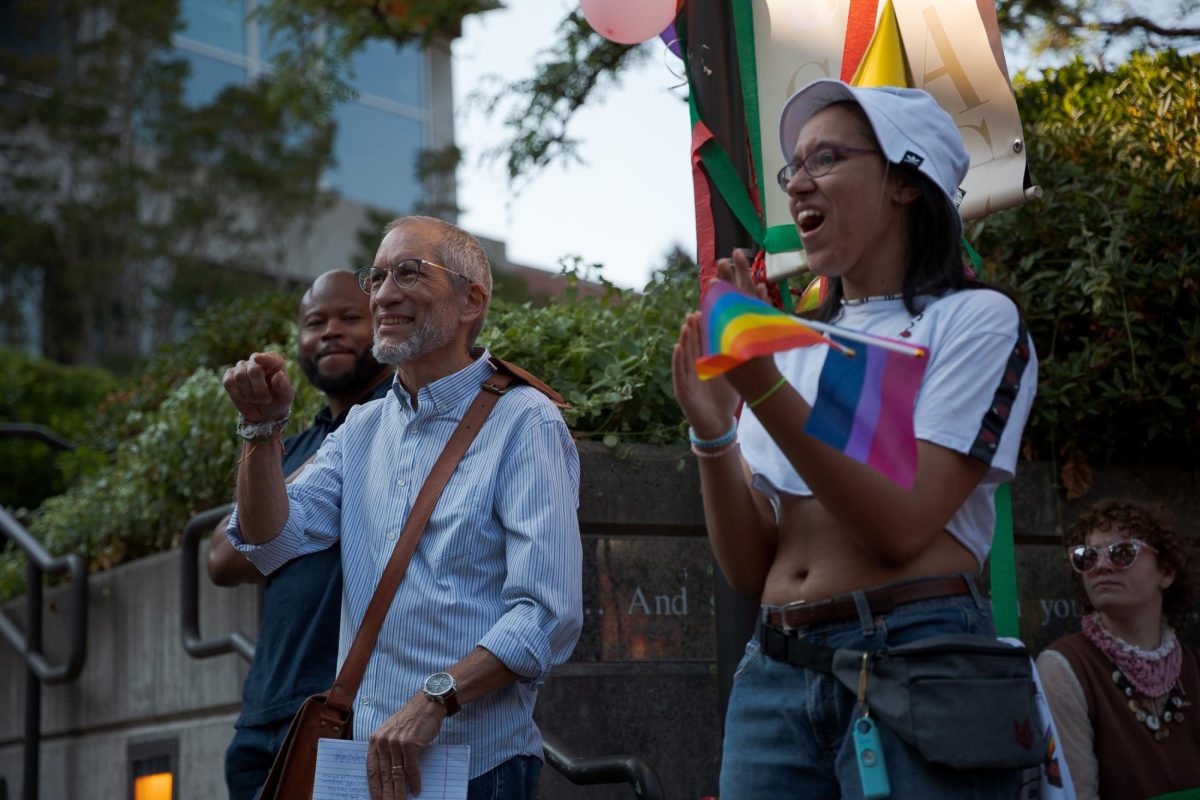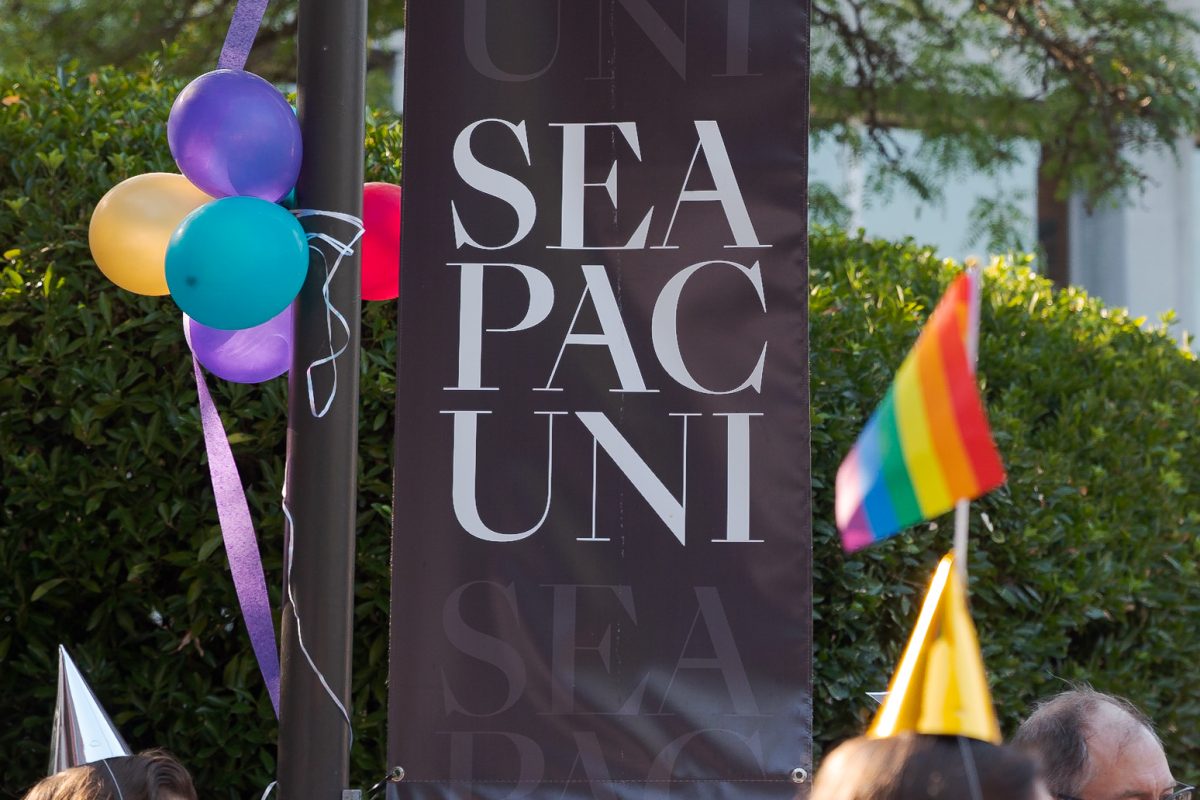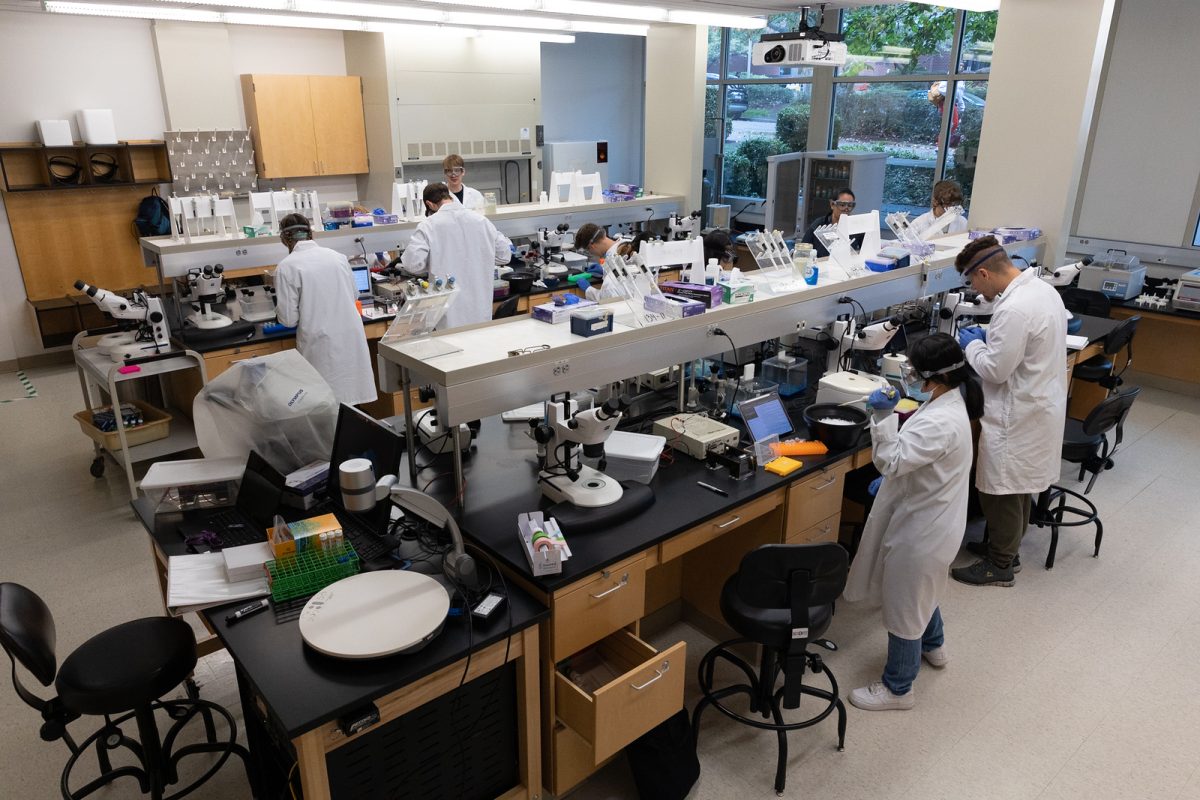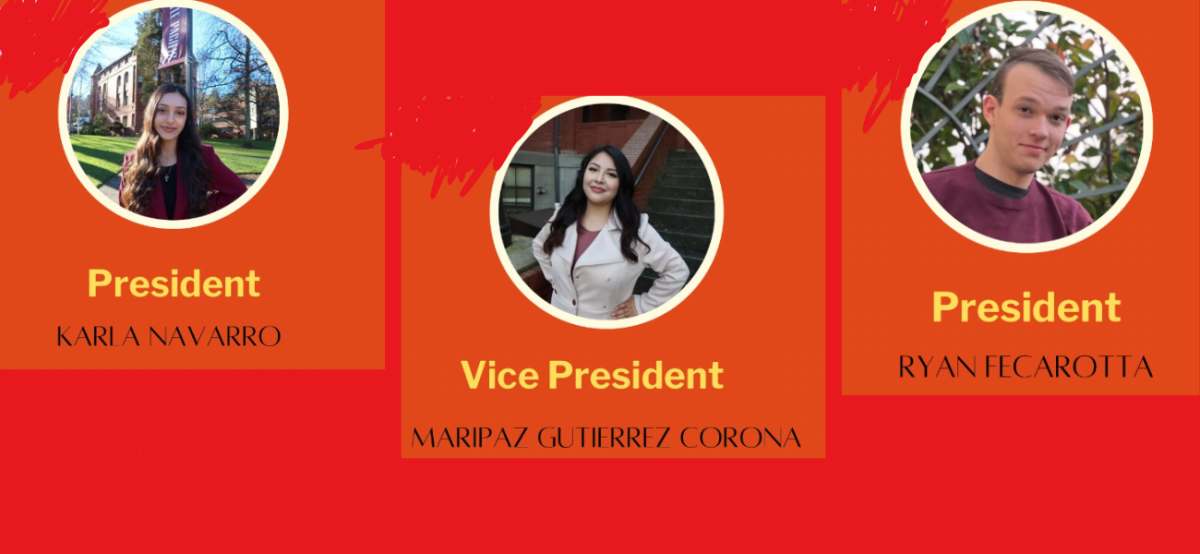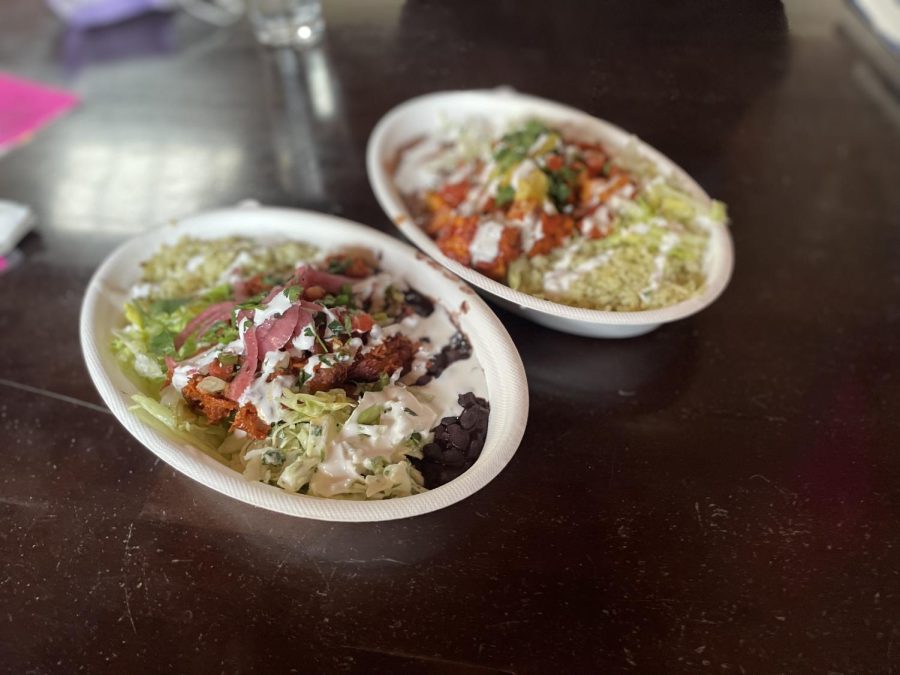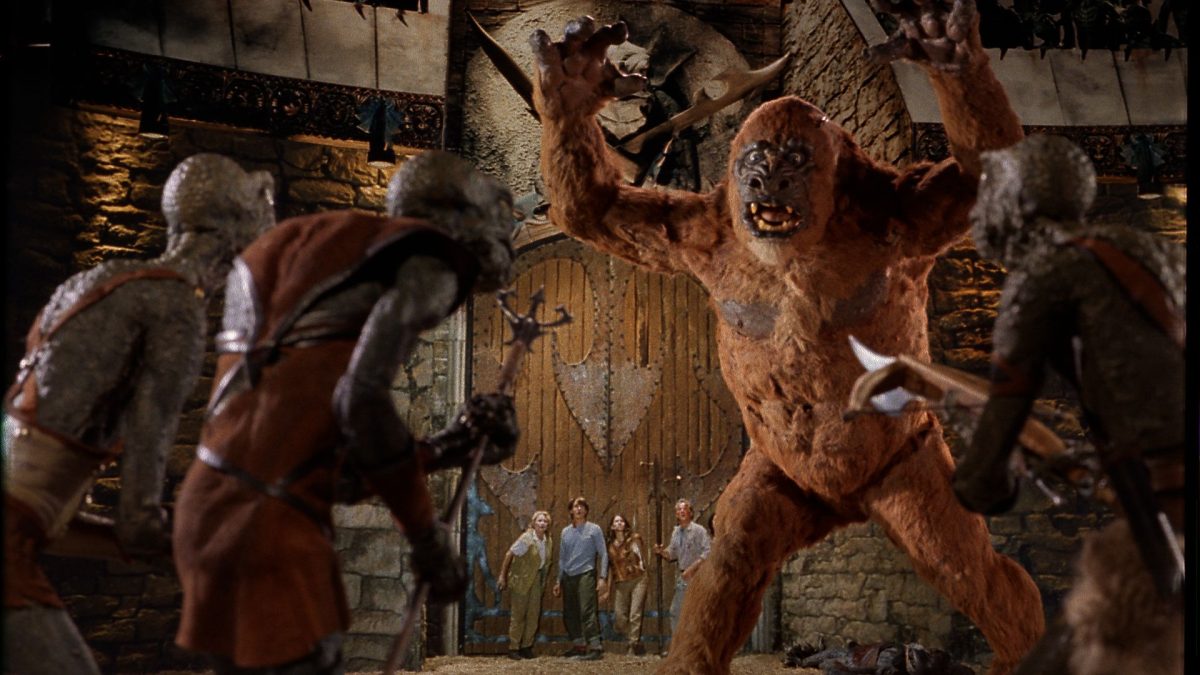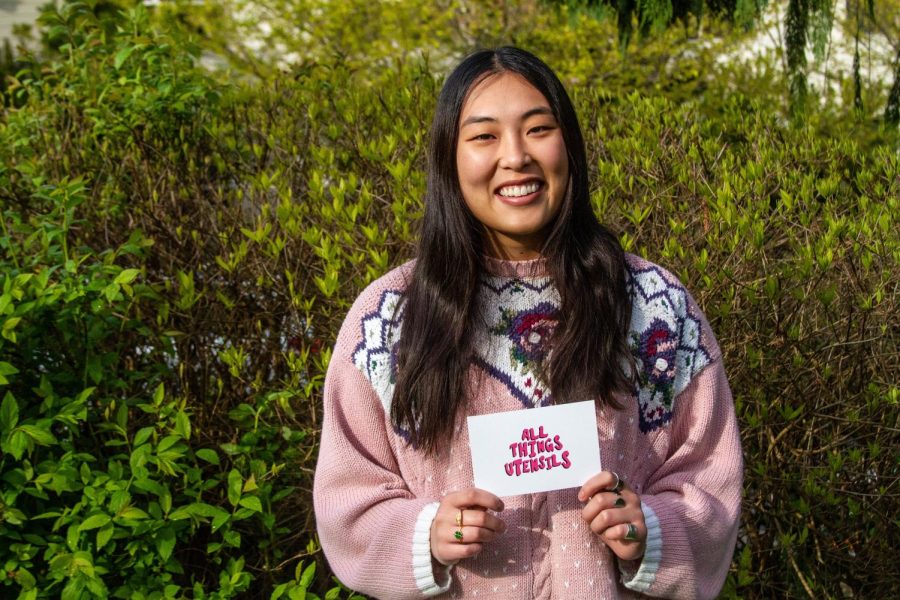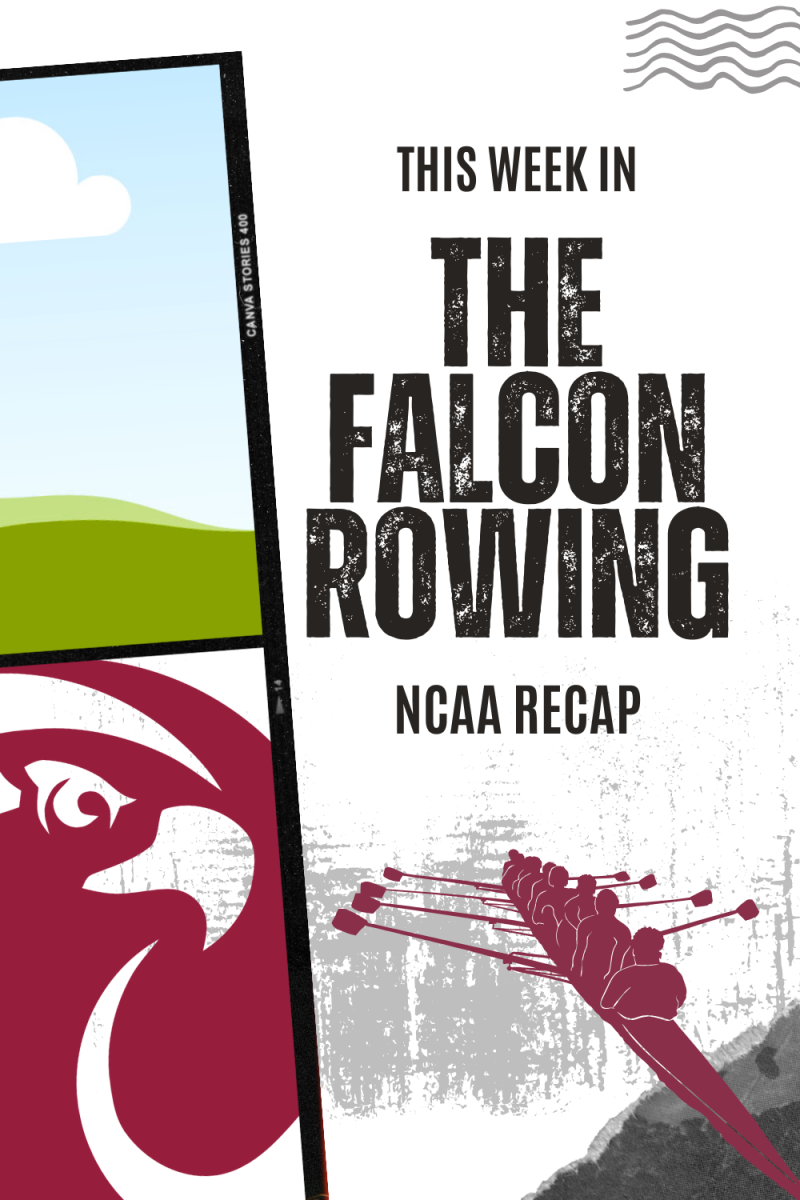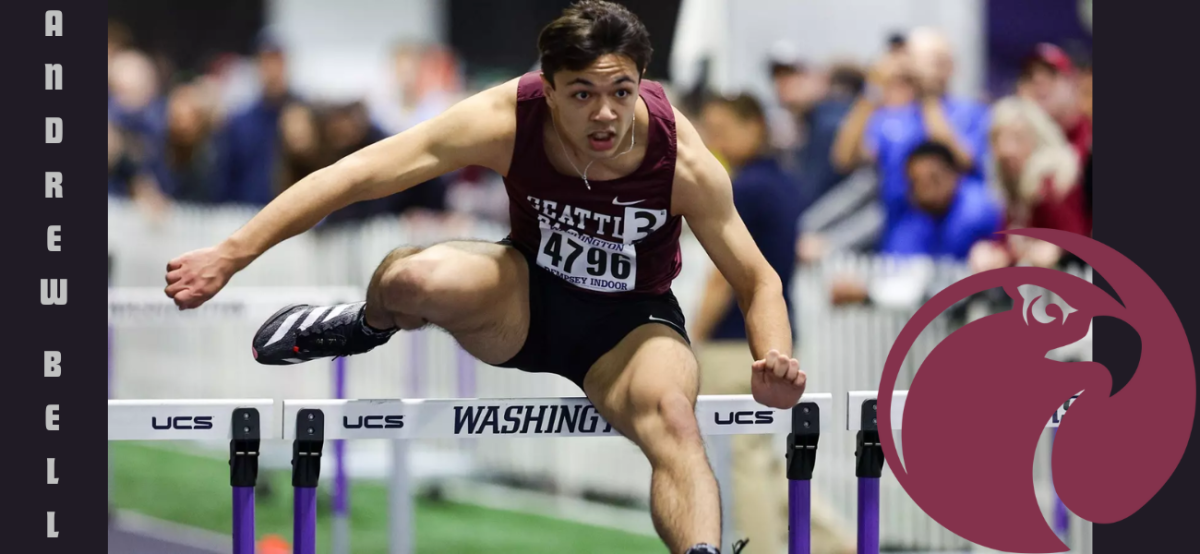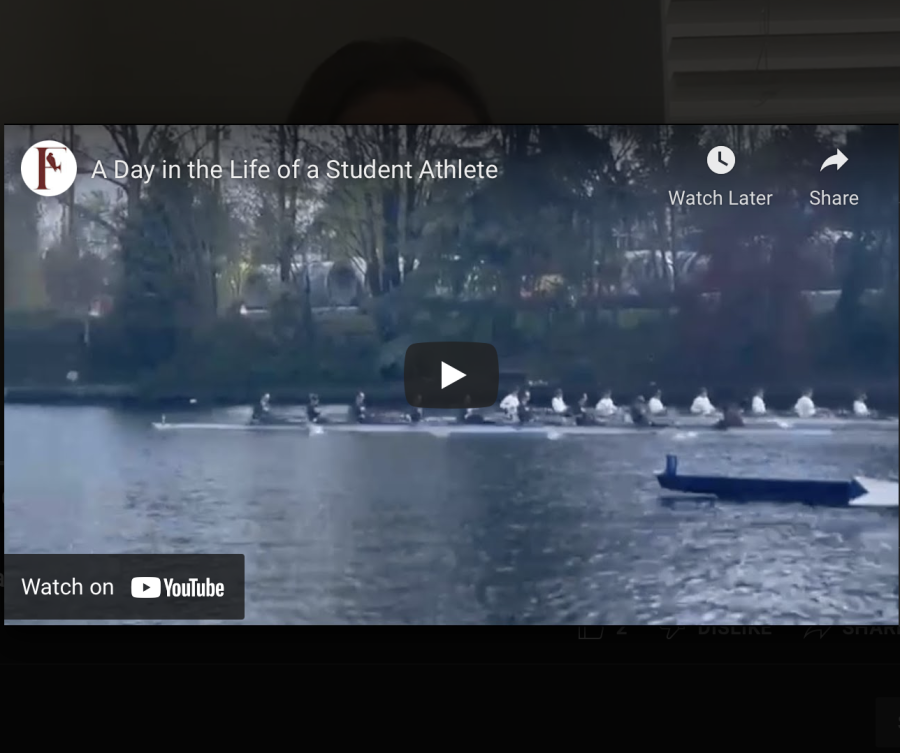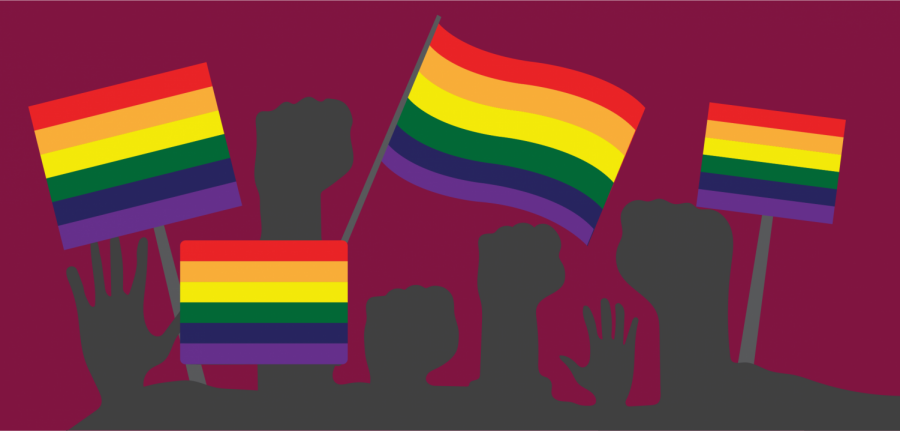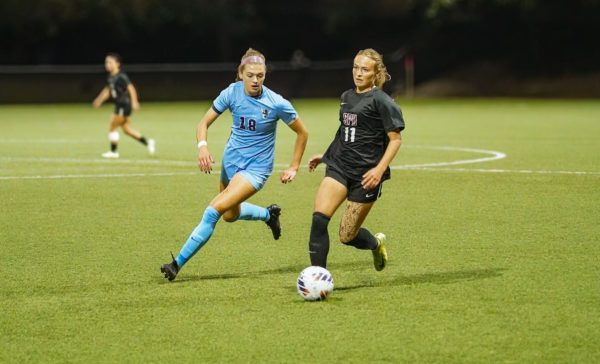Soft, slow opening allows for student interactions
Indoor dining restrictions have lessened, giving hope to students for winter quarter
January 14, 2021

Despite entering the year 2021, lockdowns and indoor dining restrictions have yet to go away completely. Now that Governor Jay Inslee implemented a phased recovery plan, our opportunities to be social with other students have remained limited for the time being.
Since last March, there have been COVID-19 regulations in place at Seattle Pacific University, and the school has done a tremendous job at keeping the number of cases on campus low, but it doesn’t make the situation any easier for students. That is why lessened restrictions on indoor dining is extremely important to students’ well-being.
As winter quarter began, students were told that for the first week they would have to be tested for COVID-19 and were only able to take food from Gwinn to-go.
The daily routine for students in the dorms looked something like this, starting from their room, to class, to Gwinn, back to their room, repeat.
Being under quarantine for one week, different points of view could arise. People could take a less empathetic approach and act like quarantine is no big deal; that we should be considered lucky that it wasn’t more than a week. And that could be a comforting way to look at the situation for some, but not for all.
A quarantine, regardless of duration, can make one feel not only physically confined, but mentally confined.
“Gwinn is basically the only place on campus where we can interact with each other,” said first-year nursing major Laurel Bice.
Bice holds an opinion similar to many on campus, and as difficult as this time has been, holding onto hope is what gets everyone through harsh times, because things are changing.
Humans are social beings, we’re not meant to be confined to a room. However, there are at least some alternatives students can use to deal with their time of confinement; such as Zoom chats, and gathering together outside when the weather allows for it.
“There’s not enough to do in the dorms, especially since it’s just been about a week. I’ve just been wasting time and watching Netflix,” said Bice.
For the past few months, dining together with family and friends has been the best way for people to communicate, but is also a potential way to spread COVID-19. Inslee addressed the issue during a press conference that “until we design a technology that we can wear a mask and eat, then we continue to have this problem.”
It is with this mindset that the Administration is trying to balance dining difficulties and student interaction.
“We need to ask ourselves three questions. What can we do? What should we do? And how can we do it?” said Dean of Students for Community Life, Chuck Strawn during an interview.
Because of how students have already been following the guidelines and regulations, SPU has extremely low numbers compared to other universities in Seattle. Since March 2020 there have been 23 cases out of the 2707 undergraduate population, while the University of Washington has had 955 student cases out of the 48,734 students enrolled at the Seattle campus. With the low number of COVID-19 cases, SPU had no need to close Gwinn completely if it weren’t for state guidelines. Limited dining, yes, but completely closed, no.
The details of the steps that are being taken to give SPU students a better experience on campus were sent out by Chuck Strawn on January 8th.
Strawn’s email said that students didn’t have to be confined to their rooms anymore, indoor dining will return to where we left off in the fall, and the floor lounges remain closed. Students are allowed to eat with one other person of their choosing but in a limited seating configuration. This is the slow opening up that students have been hoping for in the last week.
“The University hopes to relax these restrictions during the Winter Quarter if state and county guidance permits and if there does not appear to be active transmission of COVID-19 on campus,” the address to students stated.
Thankfully, there is a light at the end of the tunnel. Indoor dining on campus is reopening and now that we have more information specific to our campus from the COVID-19 testing done—and if students, faculty, and staff continue to be aware of health concerns—the school will be taking further steps toward normalcy.







